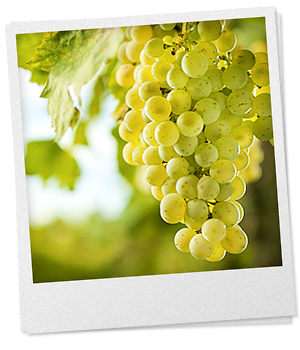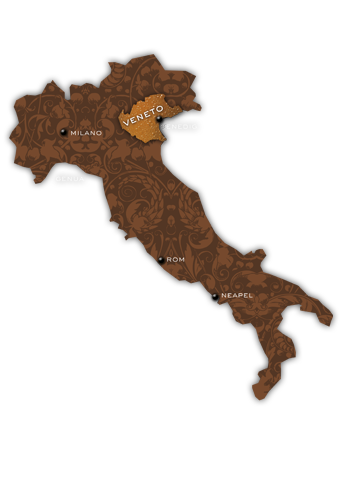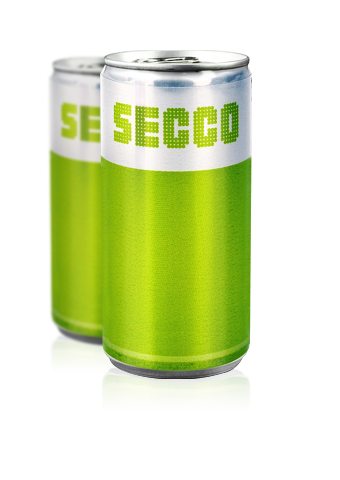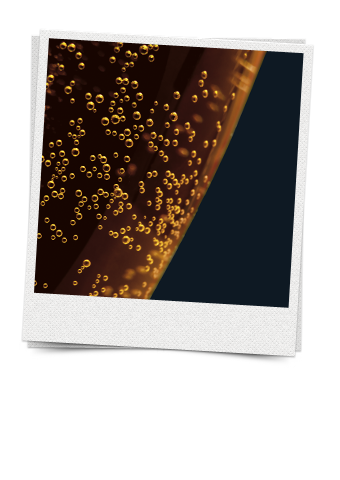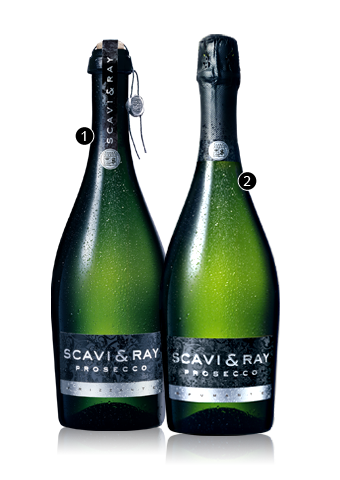Facts & trends
Facts about the German sparkling wine market
– Each year, 2 billion bottles of sparkling wine are consumed worldwide. Almost ¼ of them – 445,625,012 bottles – in Germany (as of 2012).
– The average consumption per person in Germany is 4.1 litres per year (= 5.5 bottles).
– In addition to the best selling periods during the spring and summer season, Christmas still always sees a strong increase in sales: 20% of sparkling wine sales take place in December.
Facts about Prosecco
– After classic German sparkling wine (Sekt), Prosecco is the strongest market segment and is regarded as a trendsetting segment.
– Prosecco is continuously growing and is the driving force of the overall market.
– Aperitivo variants increase the use of Prosecco, e.g. mixed with bitter orange, elderflower syrup (“HUGO”) or peach juice (“Bellini”).
– The versatile serving and mixing options mean that Prosecco is consumed more intensively than traditional sparkling wine: over 70% of sparkling wine drinkers also drink prosecco in a mixed drink.

